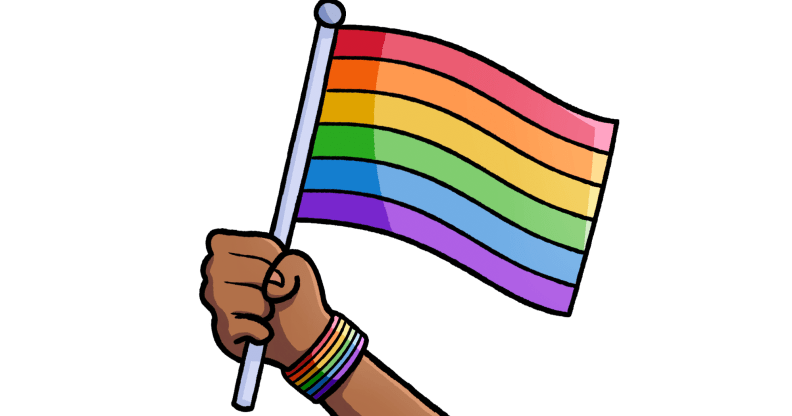Iranian leader faces child execution protests during UN visit

Human rights activists plan to protest against the President of Iran when he attends the United Nations General Assembly later this month.
The rally will take place on September 23rd at Dag Hammarskjold Plaza in New York.
Iranian/American groups plan to challenge President Ahmadinejad on the surge in human rights abuses in Iran.
Event organiser Nazanin Afshin-Jam, an international human rights activist and former Miss World Canada, will lead off the line up of the ‘Wall of Shame’ by asking: “Ahmadinejad, why are you executing children?”
Groups and individuals participating in the ‘Wall of Shame’ demonstration include those who have faced oppression under the current regime such as “women under gender apartheid, students who have been imprisoned and tortured and ethnic and religious minorities who have been persecuted.”
Focus will also be given to other human rights atrocities in Iran including stoning to death, dismembering of limbs, and throwing people from heights as methods of punishment.
“The government of Iran can not on the one hand expect the international community to trust its leaders with nuclear energy while it openly disregards the most basic internationally recognised child rights conventions such as the UN’s International Covenant on Civil and Political Rights and the Charter of the Rights of the Child, to which it is a state party,” said Ms Nazanin.
UN Secretary-General Ban Ki-moon is due to report back to the General Assembly on follow-up to its December 2007 resolution calling for a moratorium on the death penalty for all crimes.
The vast majority of executions of juvenile offenders take place in Iran, where judges can impose the death penalty in capital cases if the defendant has attained “majority,” defined in Iranian law as 9 years for girls and 15 years for boys, says Human Rights Watch.
Iran is known to have executed six juvenile offenders so far in 2008. More than130 other juvenile offenders are currently sentenced to death.
In 2005 Iran sparked international outrage when it publicly executed two teenage boys.
Mahmoud Asgari and Ayaz Marhoni were hanged because according to the regime they were rapists, however gay campaigners insist the boys were killed under Sharia law for the crime of homosexuality.
At first it was claimed by Iranian officials that they were aged 18 and 19.
The best evidence is that both youths were aged 17 when they were executed and therefore minors, aged 15 or 16, at the time of their alleged crimes.
Iranian human rights campaigners estimate that 4,000 gay men have been executed since the Islamic revolution in 1979.
Under Sharia law gay sex illegal, with penalty of death for offenders as young as 14 years old.
“Within the structure of many penal codes (in Iran) sodomy laws are grouped together with rape, sexual assault, incest and sexual abuse of children thereby conflating crimes of sexual violence with acts of non-procreative sex,” according to the International Gay and Lesbian Human Rights Commission.
Earlier this year it was reported that the Iranian authorities are considering extending the use of the death penalty to corruption, prostitution and renouncing Islam, or apostasy, on the internet.
HRW said that since January 2005 there have been 32 executions of juvenile offenders in five countries: 26 in Iran, two in Saudi Arabia, two in Sudan, one in Pakistan and one in Yemen.

